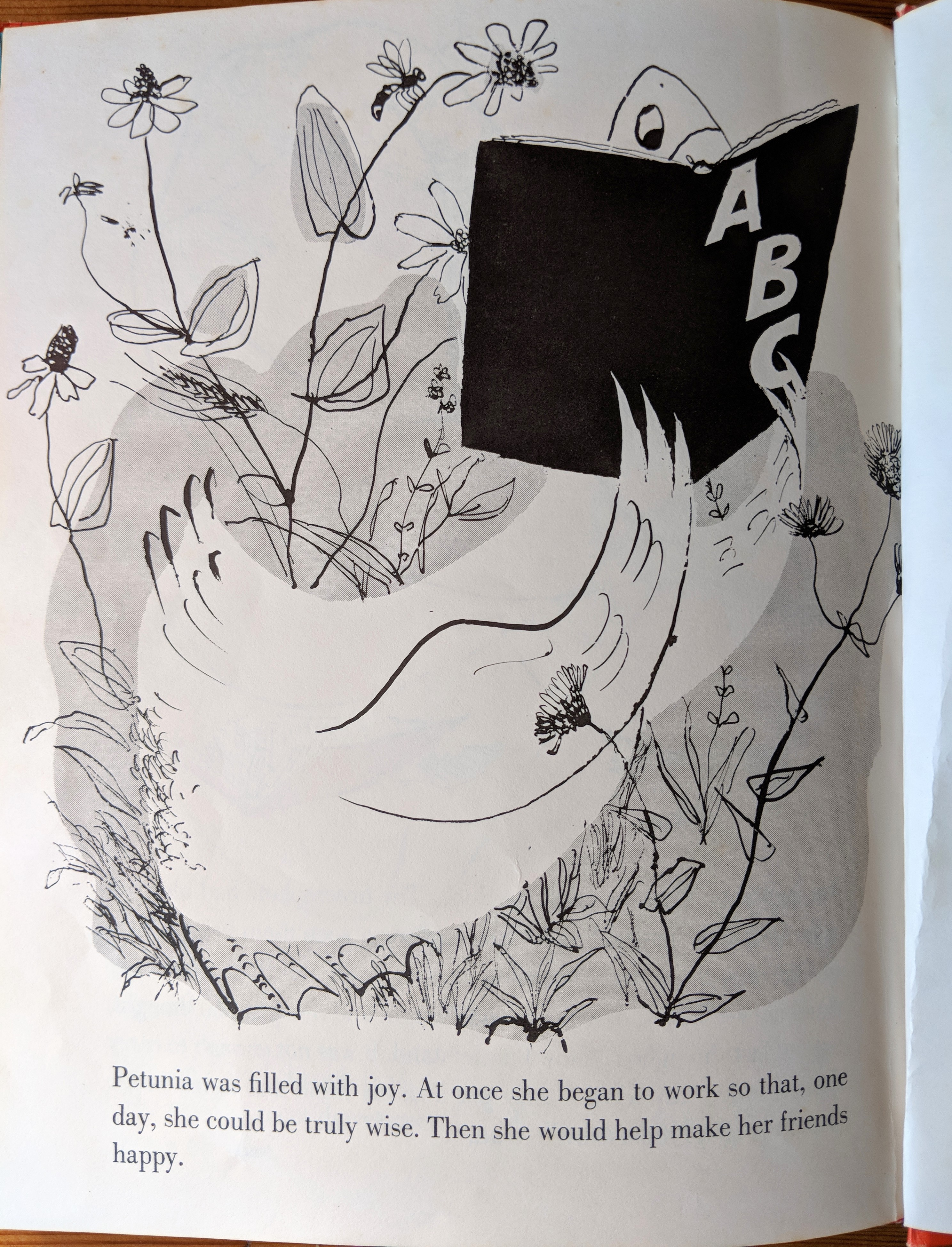In our family we give extra points for Good Use of Existing Materials. Mostly this is simplified MacGyvering, done on the fly, like substituting a paper towel when the coffee filters run out, or opening a wine bottle with a screw and a hammer when you can’t find the corkscrew.

Pajama bottoms that double as capris, an old sweater sleeve reborn as a winter hat, certainly duct tape and bungie cords put to inventive use: all qualify for GUOEM points.
This post itself should earn me some points. It’s a topic I first explored ten years ago on the now-defunct blog of the Vermont College Children’s Writing MFA program faculty. So meta.
My beloved Aunt Norma belongs in the Good Use of Existing Material Hall of Fame. She was a recycler before recycling was a thing; a model of economy and ingenuity. Consider her reuse of milk cartons, for instance. Like many, she used empty milk cartons as containers to freeze soup. But she also cut them lengthwise to hold chicken breasts which she defrosted on the floor in the front of the refrigerator to take advantage of the warm fan there. On her kitchen counter, flattened milk cartons found new life as cutting boards. In her storeroom, she organized stuff into more milk cartons.
Even her Fourth of July party featured old milk cartons. It included a Milk Carton Regatta, motored and non-motored classes, racing across her swimming pool. No milk carton went to waste at Aunt Norma’s.
In my experience, Good Use of Existing Material applies to making picture books, too. The six Zelda and Ivy books are rooted in my childhood as the middle child of five – sibling rivalry is my God-given existing material. More recently, Ocean Lullaby grew from a beach singalong with a grandson on my lap, when I looked out and wondered how the sea-animal families settle down at night. Even on vacation, existing material is waiting to be shaped into stories.
Your own particular existing material is your take on it all – what grabs your attention, what makes you laugh and shiver and cry. The task is to identify the materials we have to work with – including the metaphors, the details and even the individual words – and then to use them ingeniously, with the snick of a key in the lock, to create the story.
Kinda like Macgyver.
– LMK




































































